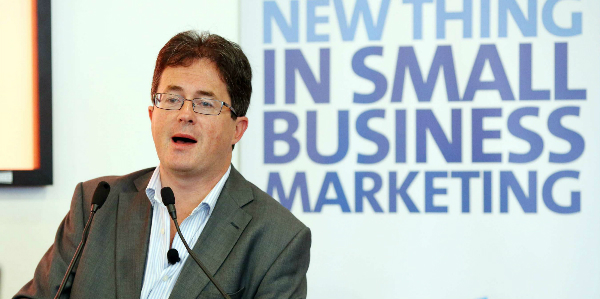Archives/ Monthly Archives/ October 2014

Bringing more clarity to the water tax
Exercise more. Wear your seat belt. Cook your food properly. Don’t litter. Many question whether the lavish public awareness campaigns we see on TV and press stating the blatantly obvious aren’t just an utter waste of taxpayer’s money. They’re really a way for quangos to justify their existence, and feed their public relations agencies. And it all smacks of the nanny state gone mad. So they contend.
Events of the past month should cause them to reconsider this view. Fine Gael’s Fergus O’Dowd (who helped set up Irish Water) struck a blow for the public relations industry when he attributed much of the flak and resistance to water charges to Irish Water’s failure to win over the public to the concept of paying for water. I think he has a point. The entire episode has been noticeable for the absence of a public awareness campaign about why paying for water is a good idea. I may be wrong, but all I recall seeing was a turgid registration booklet tersely advising how I sign up for the charge, and requesting my PPS number. No talk of the reasons behind a water charge, or of how we need to conserve the most precious asset we have on earth.
A water tax will never be welcomed, and Irish Water as an organisation and brand has clearly got off to a spluttering start. I’m not alone in having no objection to paying for water in principle. But I would like to have been told how the money is being spent, and how this tax will ensure this precious resource is secured for the future. This was surely one instance where investing in bringing the public on-side might have paid dividends. PR sceptics take note!

Writing better copy: you know you should
While it was nice to be asked to speak to an audience of SMEs at the recent Put your Business in the Frame Breakfast Event in Chartered Accountants House, the real value for me was in hearing the speaker after me. Robert Hayes McCoy, copywriter extraordinaire, had some enlightening insights into how consumers read copy, and how communications professionals should adapt what they write as a result.
I don’t pretend to do it justice, but I scribbled a few notes from Robert’s presentation which I’d like to share.
Thankfully I stopped where I did in that opening paragraph, because Robert insists that 6-line paragraphs are the absolute maximum if we want to retain the reader’s interest.
For the rest of the piece I’ll have to start using the ‘you’ form: Robert says the “U count” is all important. This is based on the altogether selfish principle of WIIFM – What’s In It For Me. If you’re saying ‘we’ instead of ‘you’ too often, you can be sure you are losing the reader. Be careful that your copy consistently uses the direct form of address.
Don’t be tempted into reaching for a smaller typeface just to squeeze in all that content … chances are you’ve said enough and remember, money can be short-sighted. In other words, as people get older they get wealthier – and so better customers – but they just can’t see as well! Keep that inverse relationship in mind.
“Magic dies young”. I love this, because I can relate to it. Words like Free! And Win! are important in your quest to engage the reader – there’s the WIIFM principle again for you. But don’t overdo it, as the magic wears off the hyperbole quite quickly.
Interestingly, while you might categorise good old Times Roman as a bit old-fashioned or uninspiring, it is more easily read than say Arial, because it is a serif font (i.e. it has feet). This helps you read it more quickly, apparently, and that’s a good thing. It’s why newspapers use it, says Robert. I’ve never liked right-justified text, so I was glad to hear that it should be avoided. It might look nice and neat, but it is too hard to read. As are capital letters.
Finally, a picture may tell a thousand words, but in doing so it does take the attention off the copy, and you might not want this.
Clients tend to have lots to say about their business or products, and it will always be a struggle to impose copywriting style over content. Yet each of us is aware that every day we ourselves avoid copy that is overly long, convoluted or uninviting. Why do we think our customers are any different?